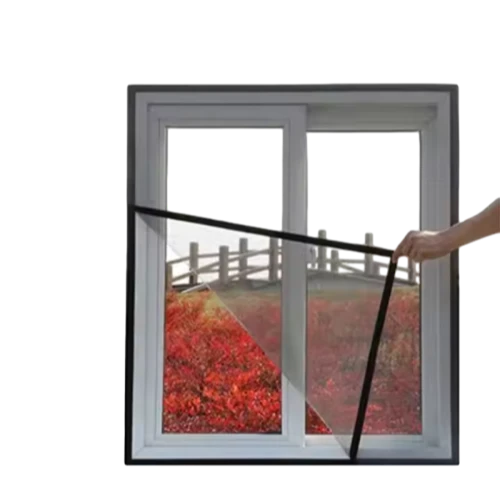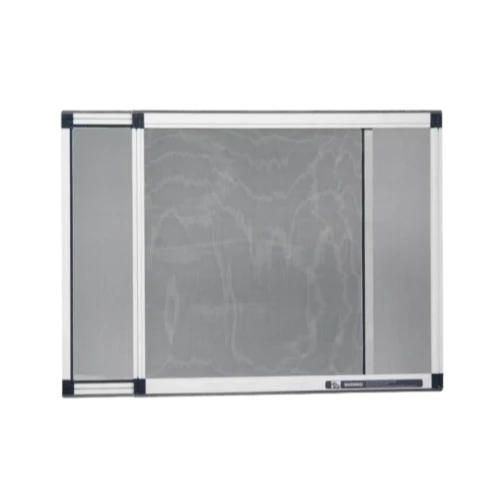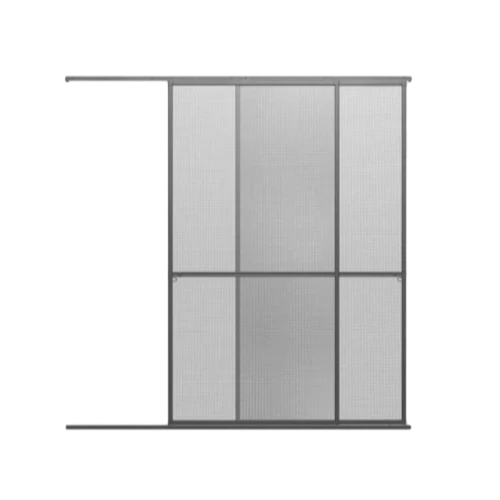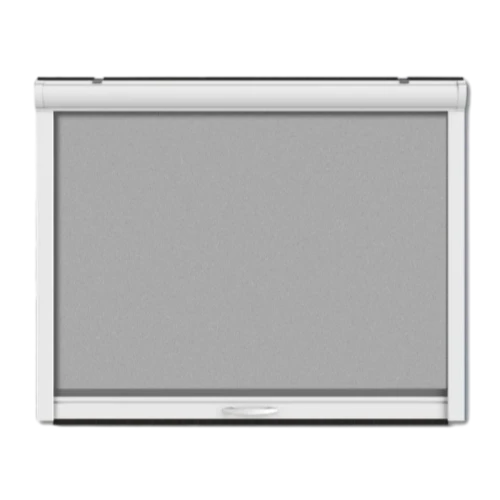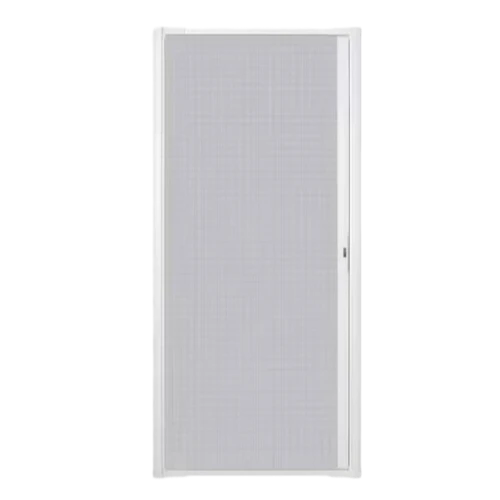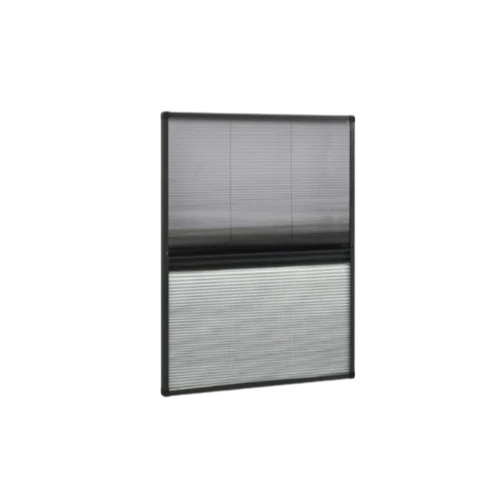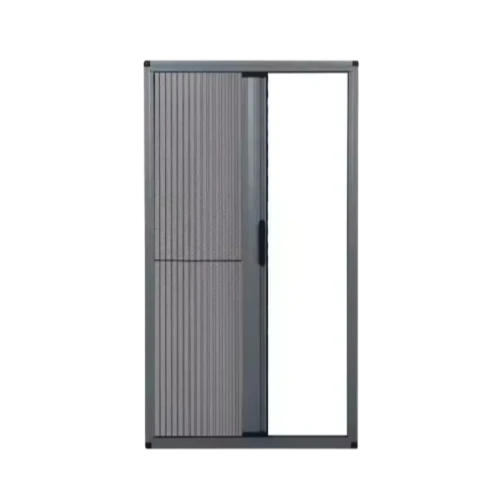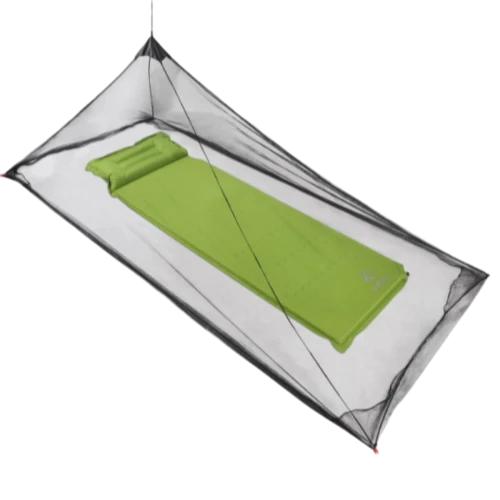7月 . 04, 2025 14:57 リストに戻る
Unraveling the World of Mosquito Nets: Varieties, Costs, and Production
In the battle against mosquito - borne diseases and the quest for peaceful sleep, mosquito nets have emerged as essential protective tools. From different types of mosquito bed nets designed for optimal comfort and safety to the diverse 蚊帳の種類 available in the market, understanding their features, prices, and manufacturing processes is crucial. Exploring types of mosquito nets and prices helps consumers make informed choices, while delving into the mosquito net manufacturing process reveals the craftsmanship behind these life - saving products. Whether it's for safeguarding a good night's rest or preventing the spread of diseases like malaria, mosquito nets play a vital role, and a comprehensive look at their various aspects is key.
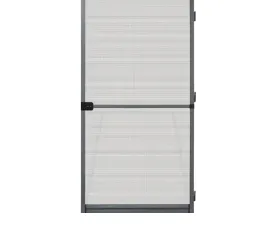
Diverse Types of Mosquito Bed Nets
When it comes to ensuring a mosquito - free sleep environment, types of mosquito bed nets offer a range of options. One popular choice is the canopy - style mosquito bed net, which drapes elegantly over the bed, creating a protective enclosure. These nets often feature a hoop or frame that supports the fabric, allowing it to billow gently and provide ample space inside. They are not only functional but also add a touch of aesthetic appeal to the bedroom. Another type is the pop - up mosquito bed net, which is incredibly convenient for travelers or those who need a quick - setup solution. Made from flexible materials, these nets can be expanded into their protective shape in seconds and easily folded back down for storage. Additionally, there are fitted mosquito bed nets that are designed to snugly cover the mattress, providing a seamless barrier against mosquitoes. They are ideal for those who prefer a more streamlined look and a secure fit around the bed.
Exploring Types of Mosquito Nets and Prices
The market is filled with a wide array of types of mosquito nets and prices, catering to different budgets and needs. Basic polyester mosquito nets are often the most affordable option. These nets are lightweight, durable, and offer decent protection against mosquitoes. They are commonly used in households where cost - effectiveness is a priority. On the other hand, nets treated with insecticides, such as permethrin, tend to be more expensive. However, they provide an added layer of protection as the insecticide repels and kills mosquitoes that come into contact with the net. These treated nets are especially crucial in regions with high malaria prevalence. Nets made from high - quality materials like nylon also command higher prices due to their strength, breathability, and resistance to tearing. Additionally, designer or branded mosquito nets, which may feature unique patterns or enhanced features, are typically priced higher, targeting consumers who value both style and functionality.
Unveiling Types of Mosquito Nets for Beds
Types of mosquito nets for beds are specifically engineered to offer maximum protection during sleep. One type is the traditional rectangular mosquito net that hangs from the ceiling or a bed frame using ropes or hooks. It provides a large, open - space enclosure that allows for easy movement within the bed. Some of these rectangular nets come with zippers or openings for convenient entry and exit. Another option is the dome - shaped mosquito net for beds, which offers a more compact and cozy sleeping area. The dome shape ensures that the net doesn't touch the sleeper, reducing the risk of mosquitoes biting through the fabric. This type is often favored for children's beds or in smaller rooms where space is limited. There are also mosquito net tents for beds, which are similar to camping tents but designed for indoor use. These tents provide a complete and private sleeping space, with features like multiple zippered doors and windows for ventilation.
The Intricate Mosquito Net Manufacturing Process
の mosquito net manufacturing process involves several precise steps to create a reliable and effective product. It begins with the selection of raw materials, typically high - quality fibers such as polyester, nylon, or cotton. These fibers are then spun into yarns, which are woven together on specialized looms to form the net fabric. The weaving process can vary depending on the desired mesh size and strength of the net. Once the fabric is woven, it may undergo additional treatments. For insecticide - treated nets, the fabric is immersed in a solution containing the insecticide, which adheres to the fibers. This treatment requires careful calibration to ensure the right amount of insecticide is applied without affecting the fabric's integrity. After treatment, the fabric is cut into the appropriate shapes and sizes for different types of mosquito nets. Finally, the edges are finished, and any additional components such as zippers, ropes, or frames are attached, resulting in a ready - to - use mosquito net.
FAQ About Mosquito Nets
How often should I replace my mosquito net?
The lifespan of a mosquito net depends on various factors, including the quality of the material, frequency of use, and how well it's maintained. Generally, untreated mosquito nets can last 2 - 3 years with regular use. Insecticide - treated nets, however, start to lose their effectiveness over time. Most treated nets are designed to remain effective for about 2 - 3 years or after 20 - 25 washes, whichever comes first. If you notice significant damage such as large holes, excessive fraying, or a decrease in the net's effectiveness, it's time to replace it.
Can I wash an insecticide - treated mosquito net?
Yes, you can wash an insecticide - treated mosquito net, but it's important to follow the manufacturer's instructions carefully. Use a mild detergent and avoid using bleach or fabric softeners, as these can damage the insecticide coating. Wash the net by hand or on a gentle cycle in a washing machine. After washing, let it air dry in the shade, as direct sunlight can also reduce the effectiveness of the insecticide. Regular washing helps remove dirt and debris that can block the mesh and reduce the net's functionality.
Are there mosquito nets suitable for outdoor use?
Yes, there are mosquito nets specifically designed for outdoor use. These nets are often more robust and durable to withstand the elements. Some are in the form of pop - up tents that can be set up in camping areas to provide a mosquito - free sleeping space. Others are large, portable nets that can be hung between trees or on camping structures. Outdoor mosquito nets may also have additional features like reinforced corners, UV - resistant materials, and stronger zippers to ensure they remain functional in outdoor environments.
Do different types of mosquito nets offer varying levels of protection?
Yes, different 蚊帳の種類 can offer varying levels of protection. Nets with a finer mesh size generally provide better protection as they are less likely to allow mosquitoes to pass through. Insecticide - treated nets offer an extra layer of protection by repelling and killing mosquitoes. Additionally, the design of the net matters. For example, a canopy - style net that completely encloses the bed with no gaps is likely to offer more protection than a net with loose hanging sides. It's important to consider these factors when choosing a mosquito net based on your specific protection needs.
How can I ensure a mosquito net fits my bed properly?
To ensure a mosquito net fits your bed properly, measure the dimensions of your bed before purchasing. For canopy - style nets, consider the height of your ceiling and the distance from the ceiling to the bed to ensure the net will hang at the right length. Fitted nets should match the size of your mattress exactly. If you're using a frame - supported net, make sure the frame is compatible with your bed size and shape. Always refer to the product specifications provided by the manufacturer to select the right size and type of mosquito net for your bed.
製品
最新ニュース
-
Unveiling the Allure and Practicality of Classic Mosquito Nets
ニュースJul.04,2025 -
Redefining Protection and Style: The World of Mosquito Nets
ニュースJul.04,2025 -
Enhancing Sleep and Style with Contemporary Mosquito Nets
ニュースJul.04,2025 -
Diverse Solutions in Mosquito Netting: Sizes, Varieties, and Flexibility
ニュースJul.04,2025 -
Deciphering Mosquito Nets: Significance, Varieties, and Applications
ニュースJul.04,2025 -
Transforming Bedrooms into Mosquito - Free Havens
ニュースJul.01,2025 -
The Expansive Landscape of Mosquito Net Offerings
ニュースJul.01,2025


